Hidden deep in woodland in north-east Fife, Crawford Priory was one of Scotland’s most spectacular Gothic mansions in its day.
But following decades of neglect, the house, abandoned in the late 1960s, has deteriorated into a crumbling roofless ruin.
Once renowned for the opulence of its interior, weeds now sprout from towers, ferns shoot through flooring, and trees have taken root within its walls.
Originally built in 1758 as a simple hunting lodge by the 21st Earl of Crawford, it was remodelled by Lady Mary Lindsay Crawford in the early 19th Century in a gothic ecclesiastical style, with buttresses, turrets and pinnacles.
Strangely, the priory, three miles from Cupar, never was a priory; it had no religious history.
A sad, silent beauty
Despite its ruinous condition, it radiates a sad, silent beauty: it’s an imposing, atmospheric place, packed full of fascinating features.
On a recent visit with photographer Steve Brown, I found the ornate cast iron spiral staircase, intricately patterned tiles, panelled wallpaper, old light fittings and fuse boxes, and the gravestone of Lady Mary’s deer.
As we approached, we disturbed a murder of crows, which wheeled and cawed above us. The crumbling chimneys, pinnacles and turrets make perfect nesting spots.
Ivy is king here – it sprouts from windows, up walls, and drapes across beams like veils of gloom.
Lichen spreads across fallen masonry and rubble, once roofs and walls.
Abandoned wonder
Discovering Crawford Priory sets the heart racing – there’s huge anticipation at what lies inside.
But there are myriad hidden hazards – and would-be explorers should be very, very careful.
Climbing up the twisting staircase, covered in rubble and debris, was a scary but inviting proposition.
Sharp, rusty nails protrude from rotting balustrades and when I reached the top I was confronted by a swathe of stinging nettles.
At the foot of the staircase, I found a square of beautifully patterned tiles in almost-perfect condition.
Tracking down the ‘secret’ elevator
Determined to track down the ‘secret’ elevator, installed in the 1920s, I eventually found it.
Gazing up the lift shaft, I shuddered, imagining the rusting mechanism crashing down on to me.
Crawford Priory has been unoccupied since 1968, and with restoration deemed unviable, it continues to be engulfed by vegetation. It’s a wonderful sanctuary for nature.
Its stunning interiors and murals are long gone and the grand exterior, the work of two leading 19th Century architects, slowly disintegrates.
Legacy of Lady Mary
The story of Lady Mary – the eccentric, but “extremely handsome” woman who inherited the property along with a sizeable fortune in 1808, is fascinating.
Uninspired by the existing shooting lodge, originally named Crawford Lodge – she set about creating a much more impressive mansion on the site.
She enlisted renowned Scottish architect David Hamilton in 1809, with the assistance of James Cleland, to create an opulent gothic palace for her and her beloved pets.
Hamilton proposed a gothic hall, apparently intended to resemble Dunblane Cathedral and reflect Lady Mary’s “ample and noble descent”.
However, she’s said to have regretted employing Cleland and Hamilton, and both were replaced in 1810 by Glasgow-based architect James Gillespie Graham.
He extended the building in an ecclesiastical style, bestowing it with the look of a priory.
By 1813 it boasted elaborate Gothic palaster interiors including a fan vaulted hall and rib vaulted entrance hall.
Upper levels were reached by a staircase within a round tower crowned with a glass dome.
Lavish design
It’s believed that the ceilings of top floor rooms were painted navy blue and decorated with gold stars to resemble the night sky.
Meanwhile, Lady Mary was said to have hung crimson silk curtains on windows and around her bed.
The chapel was decorated by Edinburgh interior designer Thomas Bonnar, who painted a series of murals, and had striking stained glass windows set into walls.
Until her death aged 75, Lady Crawford was greatly attached to Crawford Priory.
Unmarried, she lived “in almost entire seclusion” within the grounds, preferring the company of animals to people and building up a menagerie of pets both wild and tame, including dogs, birds, foxes and deer.
When a roe deer she and her brother nurtured died in 1812, she gave it a fitting burial, complete with carved headstone.
Lady Mary was also a philanthropist, with the local press reporting in 1832 that she was “liberal” in providing for the poor of the parish.
She was laid to rest in a mausoleum on the estate. But sadly, like her grand home, it was abandoned and left to crumble.
And of course, it’s said that her ghost haunts the priory to this day…
Priory changed hands
When Lady Mary died in 1833, she was the last of her line, and the priory came into the possession of the Earls of Glasgow and the Cochranes.
Under Thomas Cochrane, a politician who became Baron Cochrane of Cults in 1919, further remodelling was undertaken in the 1920s.
The Cochranes hosted lavish balls and weddings in the great hall, held fetes, picnics and charity events. The mansion was also a regular port of call for the Fife Foxhounds on their hunts.
It passed to Thomas Cochrane, 2nd Baron of Cults, who occupied it until his death in 1968, after which it fell into disuse as a result of the exorbitant cost involved in maintaining such a huge, old building riddled with damp and dry rot.
The rooms were closed off in the 1970s, furnishings sold at auction, and the property boarded up.
Remaining fixtures and fittings were removed over the decades and parts of the roof were demolished, destroying much of what was left of the interior.
The priory was added to the Buildings at Risk Register in 1994. The following year, it was gutted by fire.
With the owners unable to afford the cost of stabilising work and unwilling to sell, efforts to demolish the priory were rejected and it was put on the market.
Failing to attract a buyer, it continues to fall deeper into decline.
- Crawford Priory is very unstable, with wooden beams, masonry and chunks of remaining plaster poised to fall on someone’s head. Visit at your own risk.
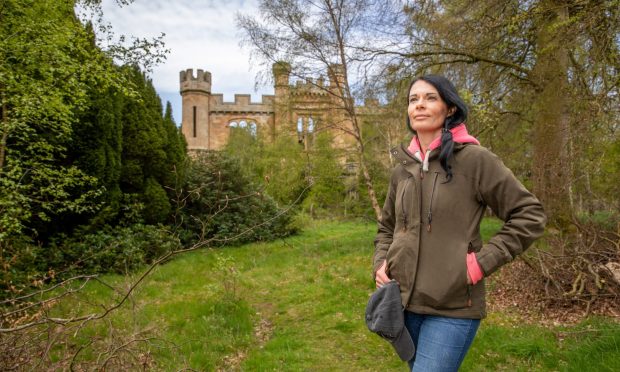
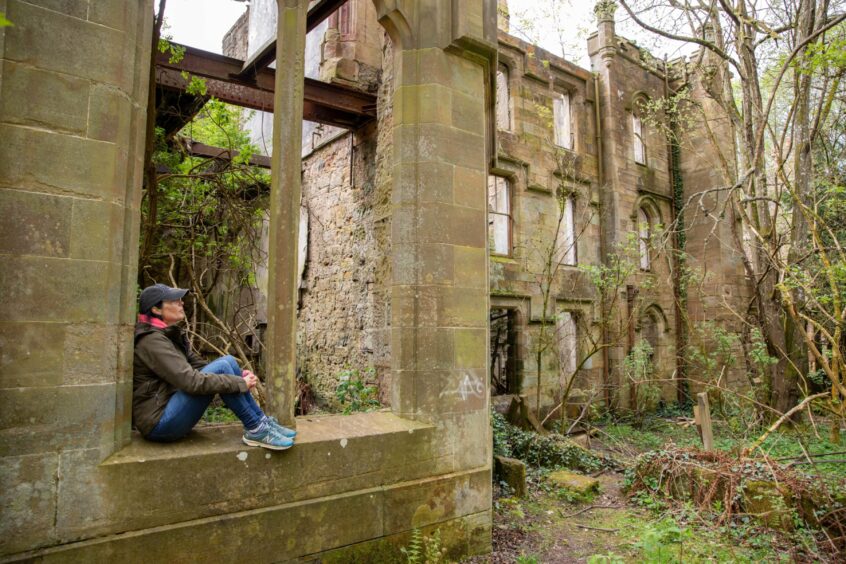
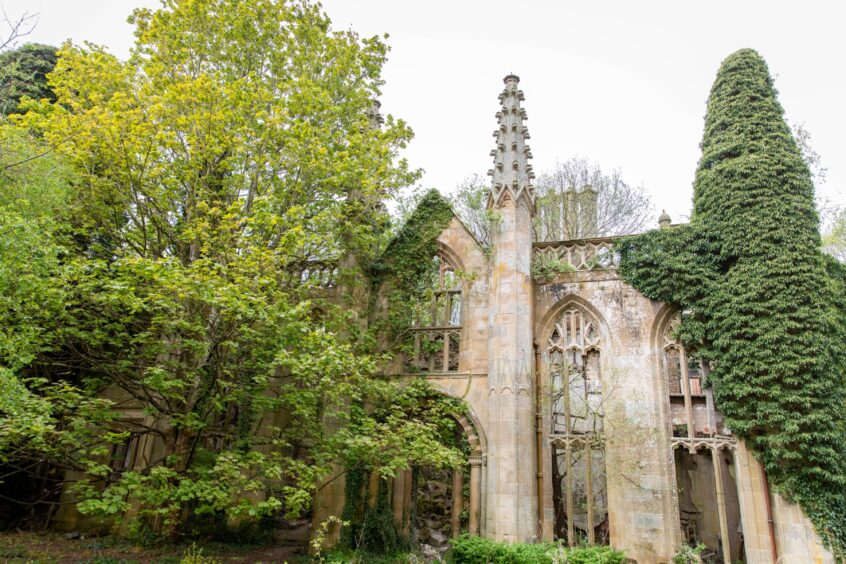
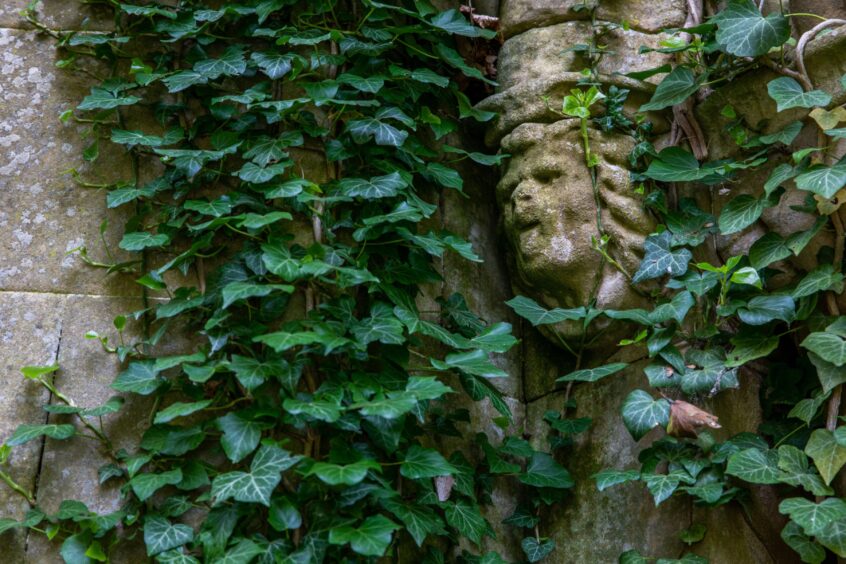
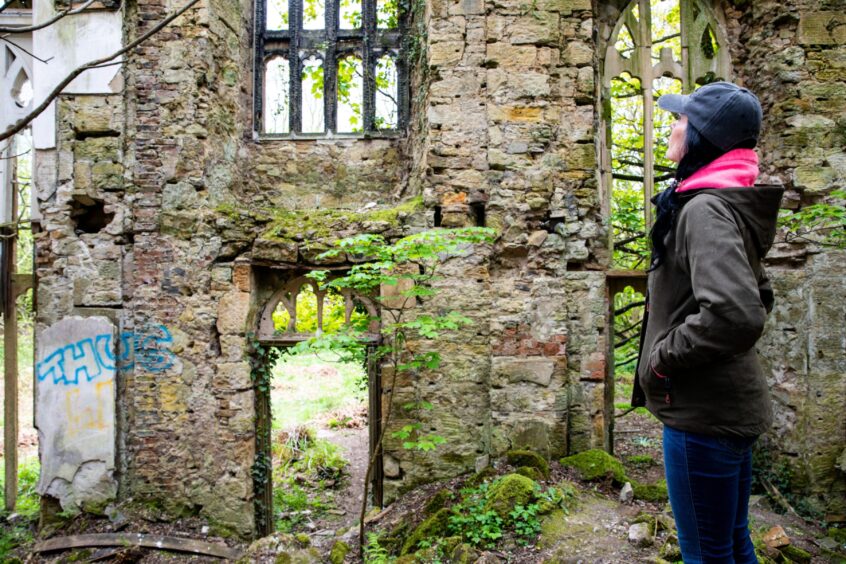
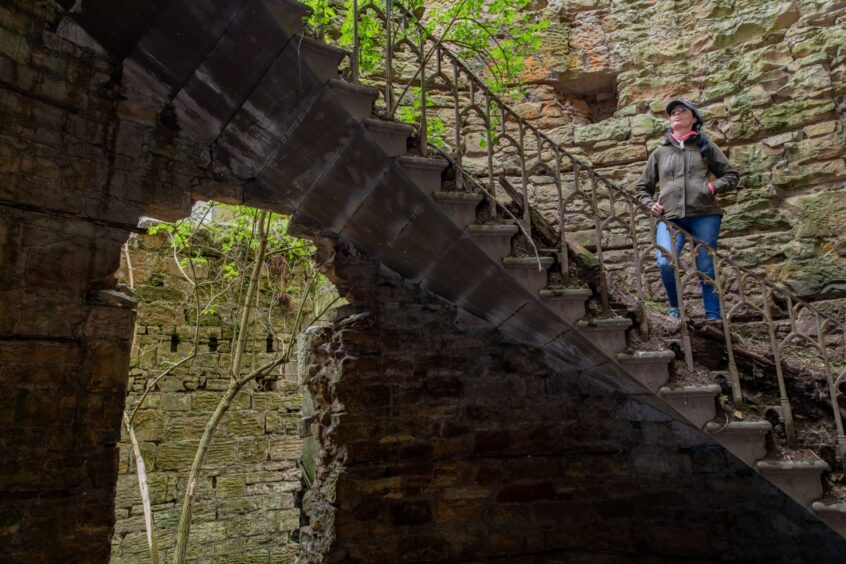
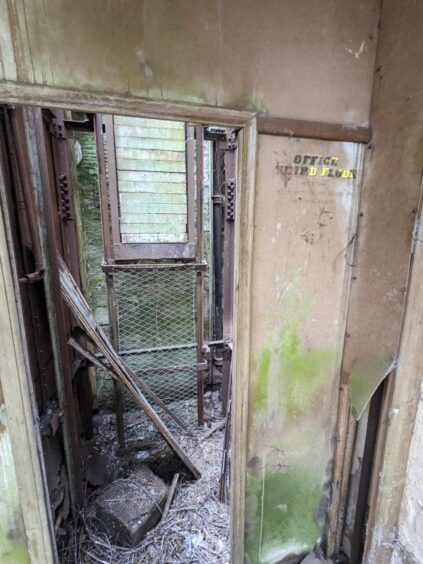
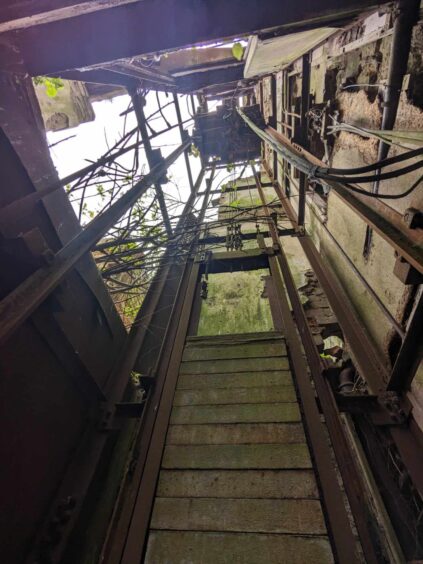
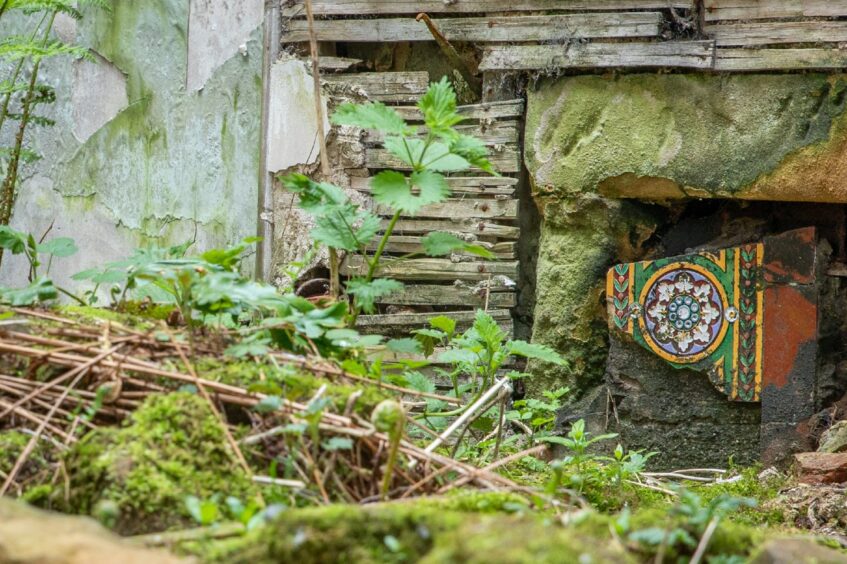
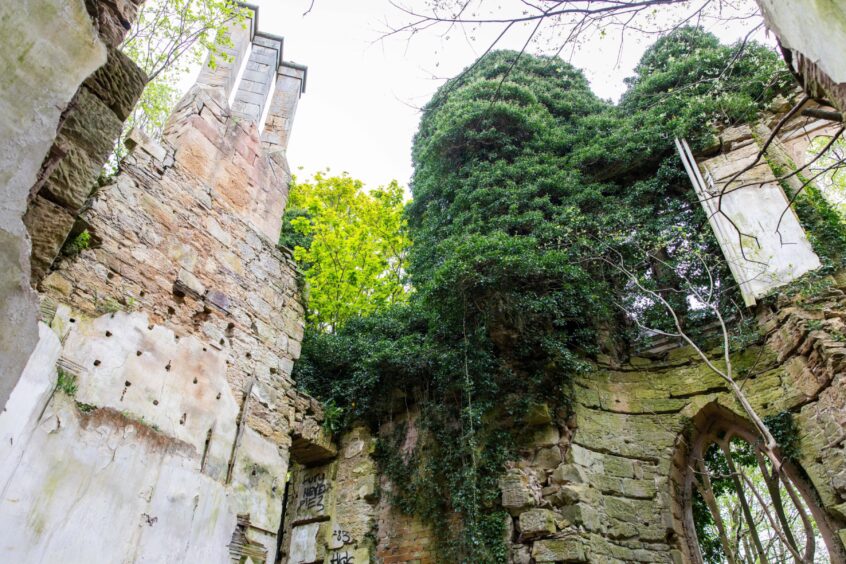
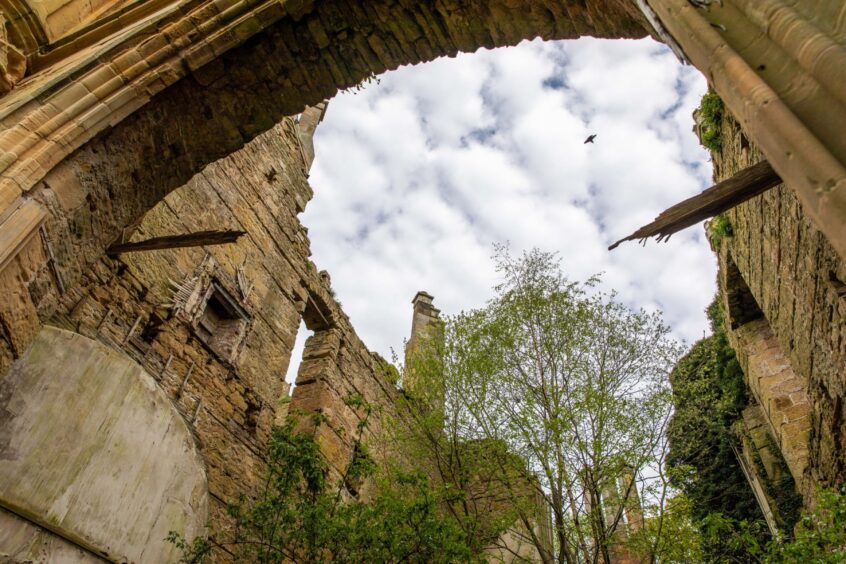
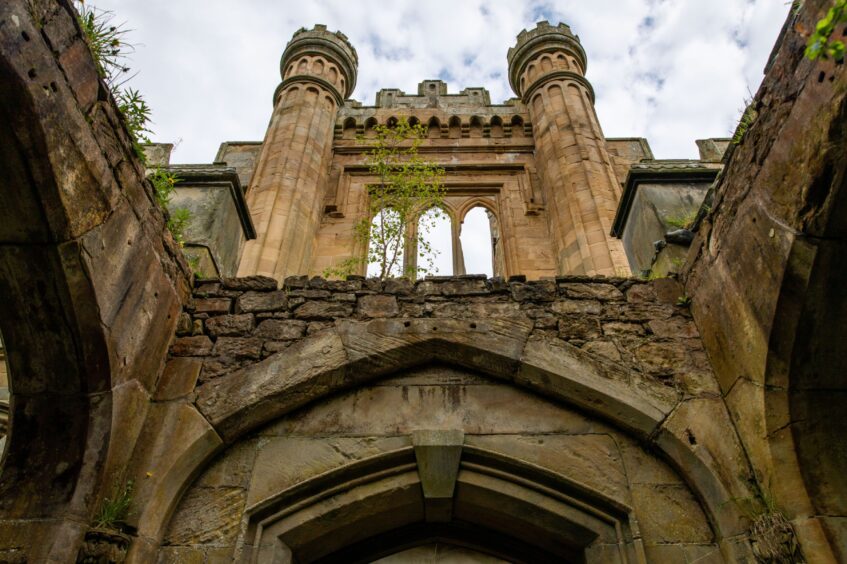
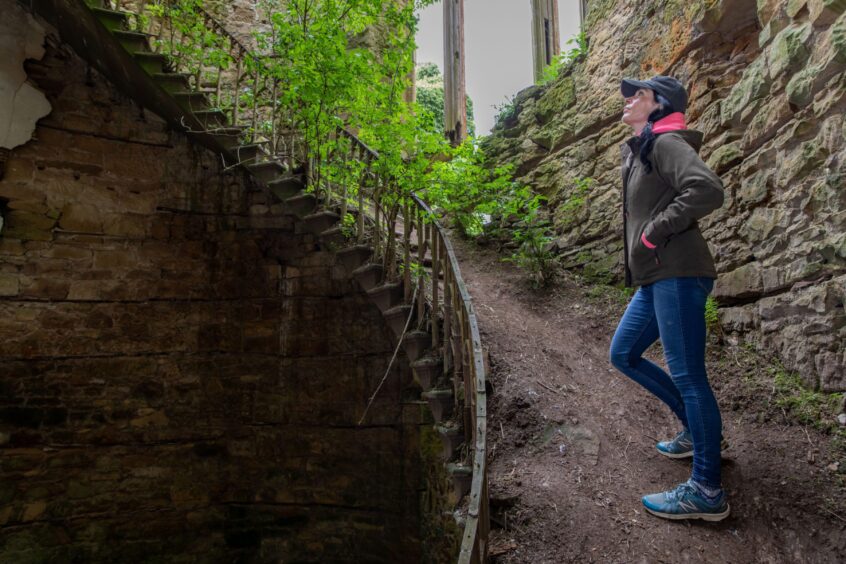
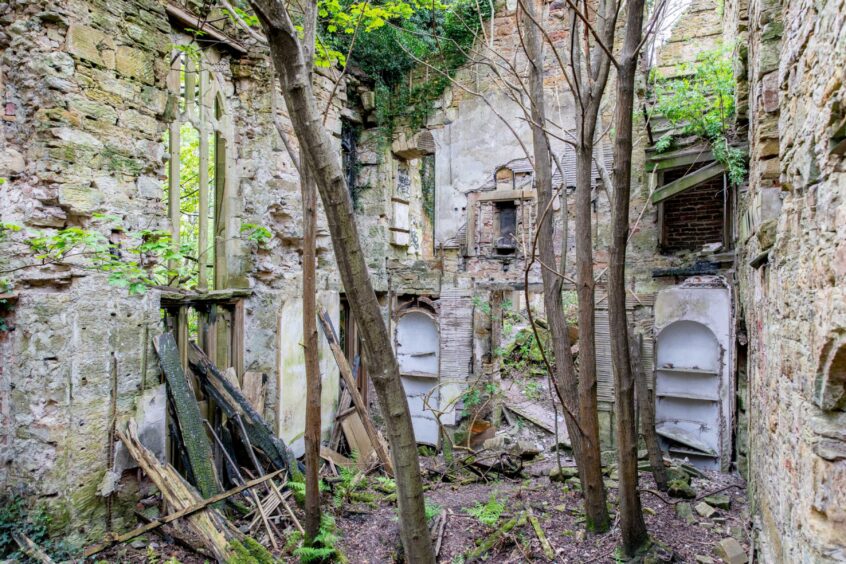
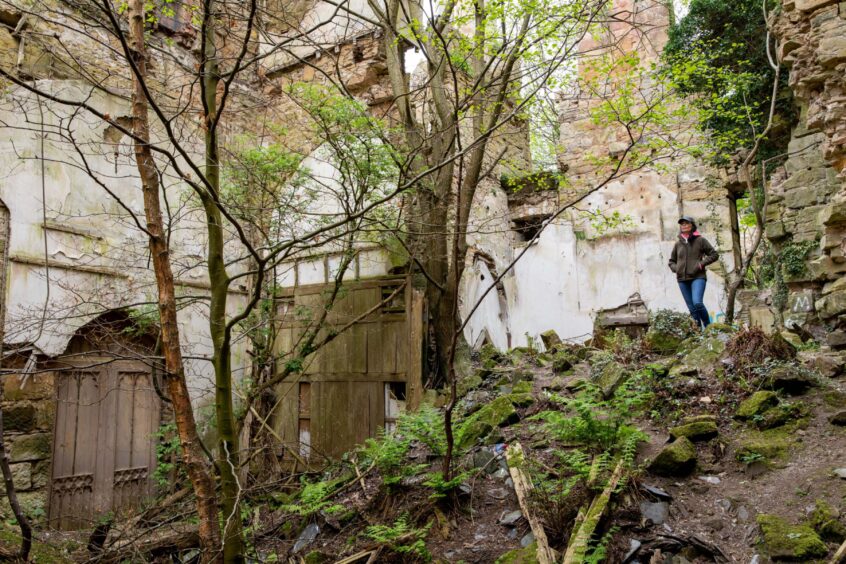
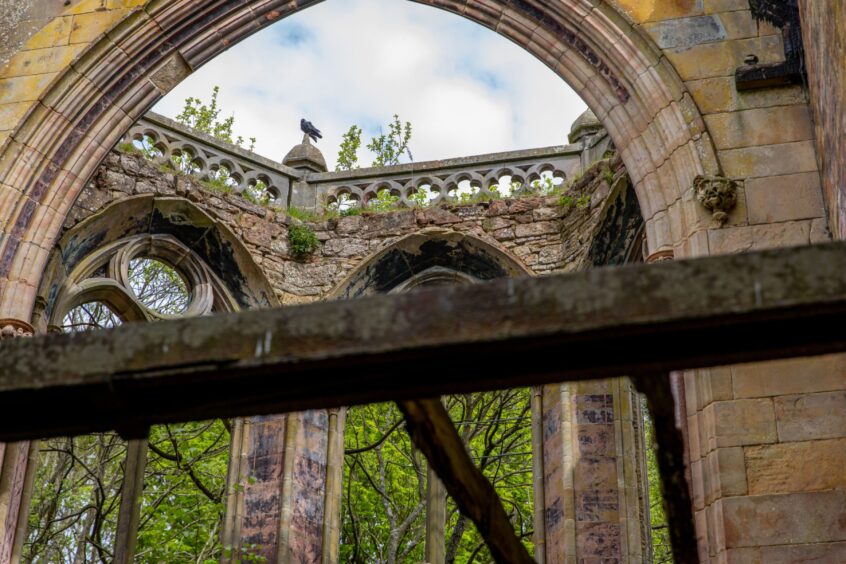
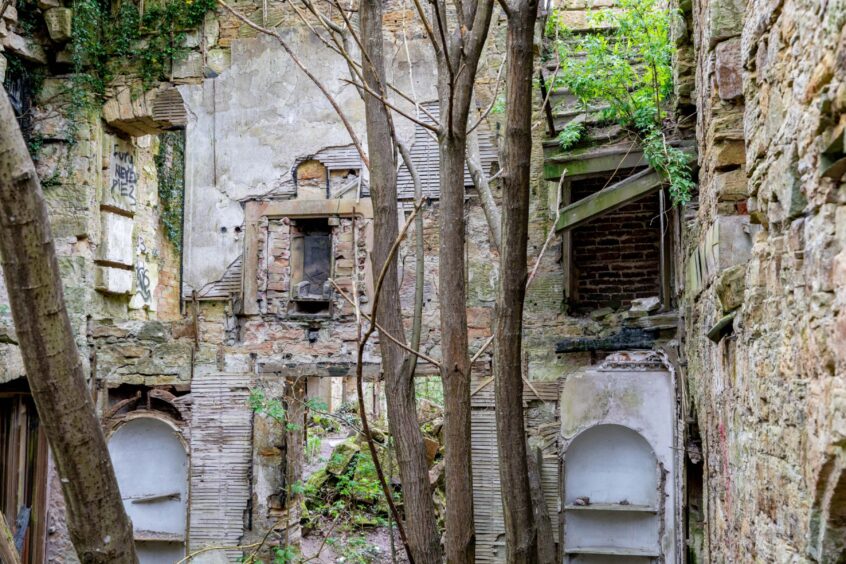









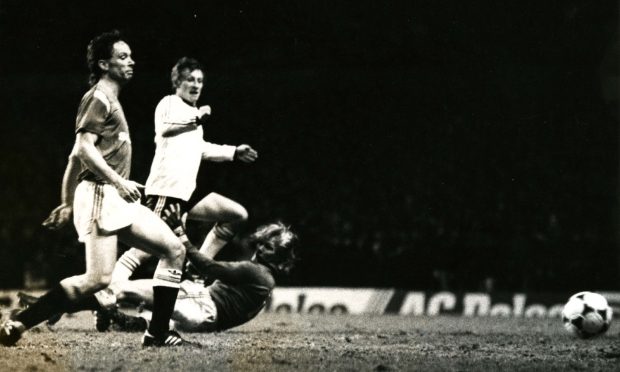
Conversation